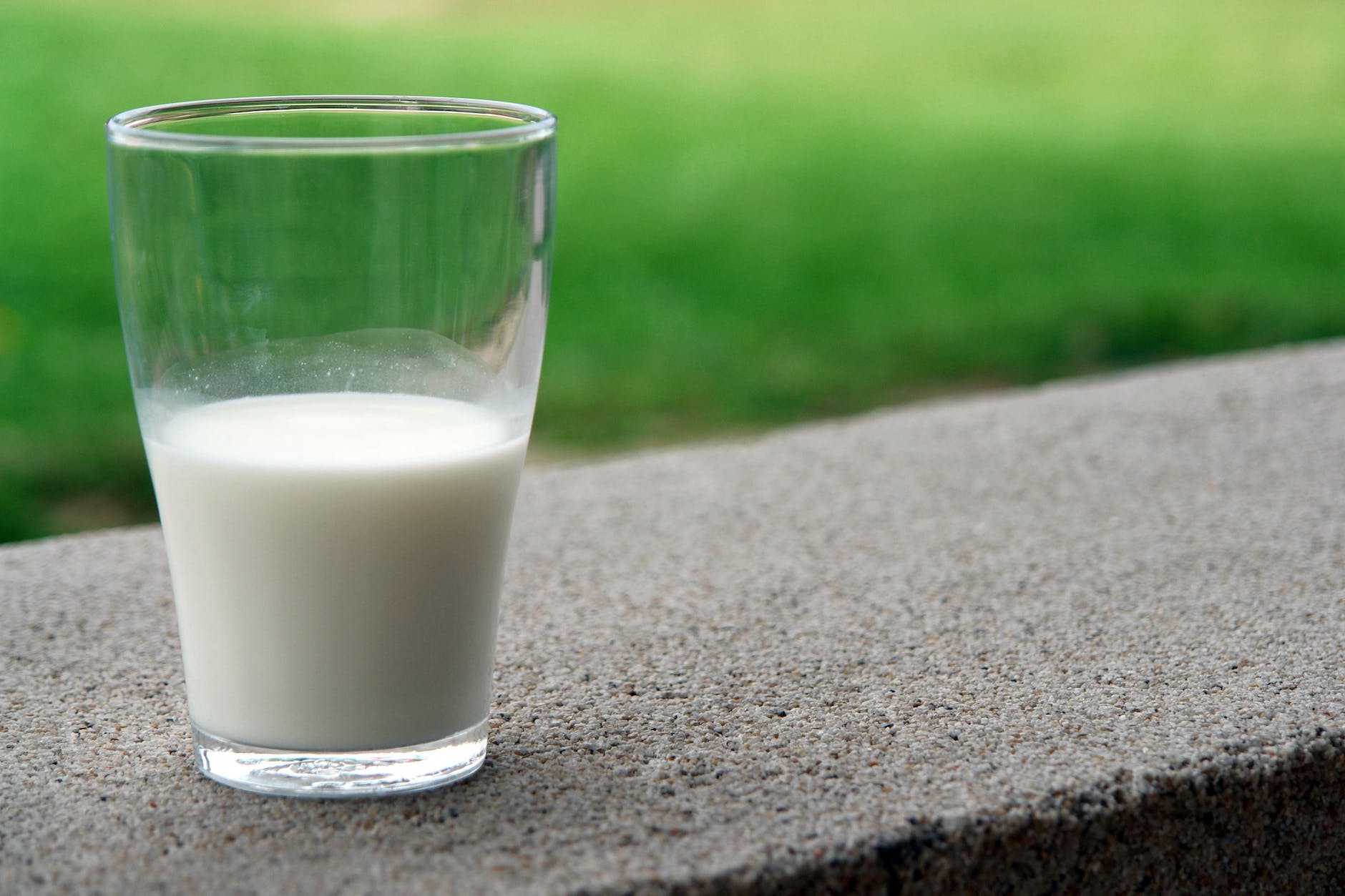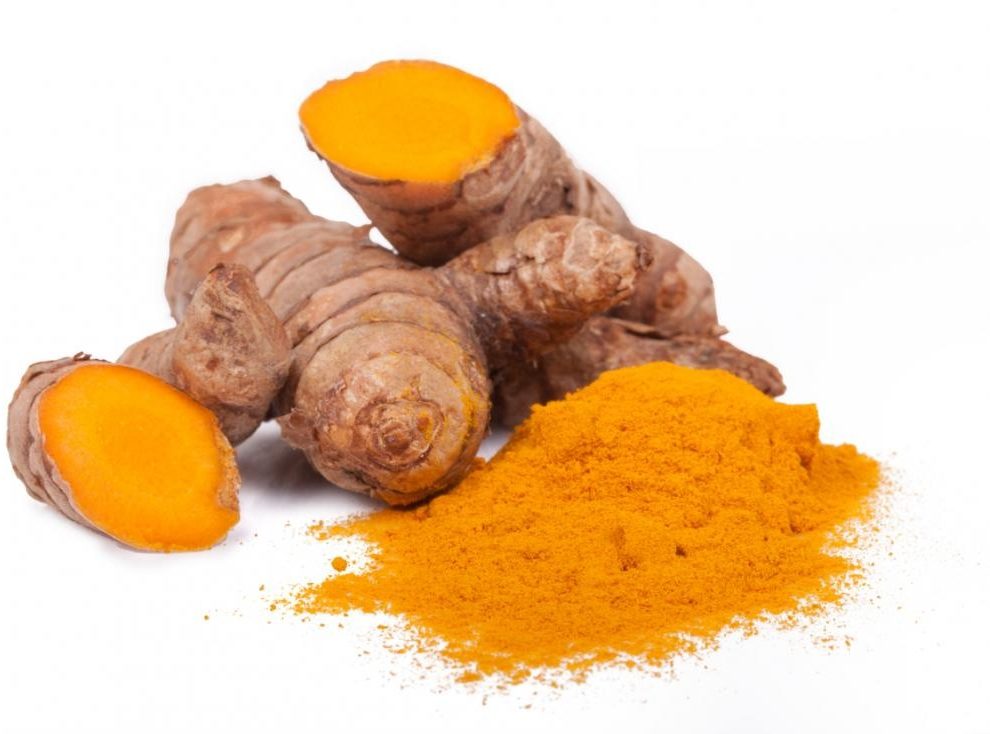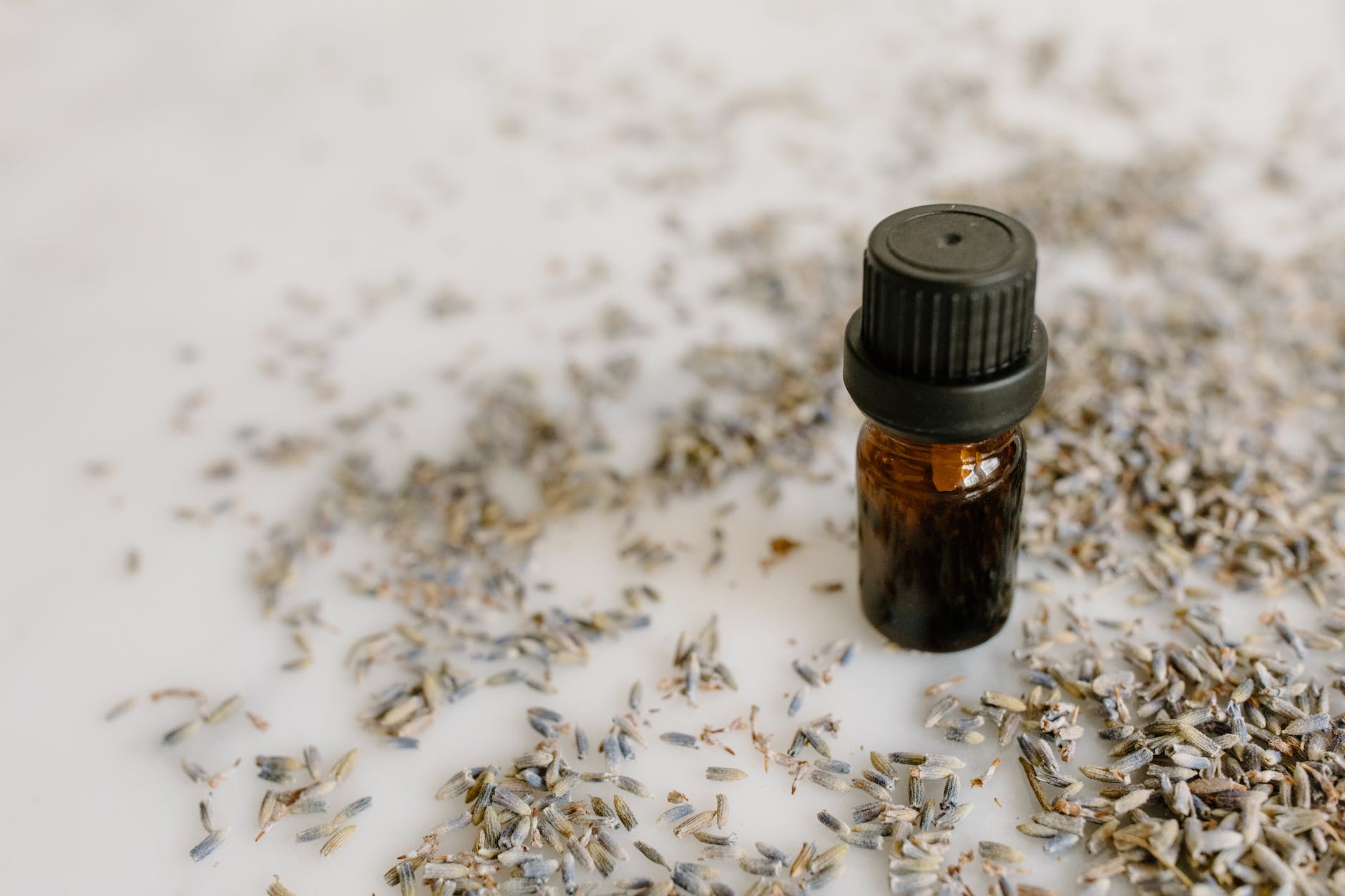
In recent years, going dairy-free has become increasingly popular for various reasons, including lactose intolerance, milk allergies, ethical concerns, or personal dietary preferences. Eliminating dairy products from your diet can have a range of potential health benefits, and in this detailed blog post, we’ll explore the reasons why people choose to go dairy-free and examine whether it can support weight loss. If you’re considering adopting a dairy-free lifestyle or looking for ways to enhance your weight loss journey, keep reading! 🥛🚫🏋️♀️
Understanding Dairy-Free Diets 🥛🚫
A dairy-free diet involves excluding all dairy products, including milk, cheese, yogurt, butter, and other dairy-derived ingredients from your meals. People choose to go dairy-free for various reasons, such as lactose intolerance, milk allergies, ethical concerns related to animal welfare, environmental sustainability, or simply personal preference. It’s important to note that a dairy-free diet does not automatically equate to a vegan or plant-based diet, as dairy may be replaced with other animal-derived products.
Potential Health Benefits of Going Dairy-Free 🥛🌱
1. Improved Digestive Health 🌱🥗
One of the primary reasons people choose to go dairy-free is to address digestive issues related to lactose intolerance. Lactose is a natural sugar found in milk, and individuals who lack the enzyme lactase necessary to digest lactose may experience discomfort such as bloating, gas, and diarrhea. By eliminating dairy from their diet, those with lactose intolerance often find relief from these symptoms and experience improved digestive health.
2. Reduced Inflammation and Skin Health 🌱🌿
Dairy products contain certain hormones and proteins that can contribute to inflammation in the body, potentially leading to various health issues, including skin problems such as acne or eczema. Some individuals may find that eliminating dairy helps reduce inflammation and improves skin health. However, the impact of dairy on skin health can vary greatly among individuals, and other factors, such as overall diet and lifestyle, should also be considered.
3. Enhanced Respiratory Health 🌱🌬️
For individuals with asthma or respiratory conditions, dairy consumption can sometimes worsen symptoms. Dairy products have been associated with increased mucus production, which can contribute to congestion and breathing difficulties. By eliminating dairy from their diet, some individuals may experience improvements in respiratory health, including a reduction in asthma symptoms. However, it’s important to note that the impact of dairy on respiratory health can vary, and not all individuals with respiratory conditions will experience the same benefits.
4. Potential Weight Loss Support 🌱🏋️♀️
While going dairy-free is not a guarantee for weight loss, it can potentially support your weight management goals. Here are some ways in which eliminating dairy may support weight loss efforts:
a. Reduced Caloric Intake: Many dairy products, such as cheese and full-fat milk, are calorie-dense. By removing these high-calorie items from your diet, you may naturally reduce your overall caloric intake, creating a calorie deficit that can contribute to weight loss.
b. Elimination of Added Sugars: Flavored yogurts, sweetened milk beverages, and certain dairy-based desserts often contain added sugars, which can contribute to weight gain. By going dairy-free, you can eliminate these hidden sources of added sugars, reducing your sugar intake and potentially supporting weight loss.
c. Exploration of Plant-Based Alternatives: Adopting a dairy-free diet opens up opportunities to explore plant-based alternatives such as almond milk, soy milk, or oat milk. These alternatives are typically lower in calories and saturated fats compared to dairy products, making them potentially beneficial for weight management.
d. Increased Focus on Whole Foods: When eliminating dairy, individuals often shift their focus towards consuming more whole, unprocessed foods like fruits, vegetables, whole grains, legumes, and plant-based proteins. These nutrient-dense foods can support overall health and weight management.
It’s important to note that individual responses to a dairy-free diet can vary. Some people may experience weight loss as a result, while others may not see significant changes. Factors such as overall diet quality, portion control, physical activity levels, and individual metabolic factors also play a role in weight management.
Nutritional Considerations and Balance 🥛🍎🥦
When adopting a dairy-free diet, it’s crucial to ensure you still obtain essential nutrients and maintain a balanced diet. Here are some key considerations:
1. Calcium and Vitamin D:
Dairy products are known for their calcium content, which is essential for bone health. When eliminating dairy, it’s important to ensure adequate calcium intake from alternative sources such as leafy green vegetables (e.g., kale, broccoli), tofu, fortified plant-based milk, and calcium-fortified products. Additionally, since dairy is a common source of vitamin D, it’s important to ensure you’re getting enough vitamin D through other sources such as sunlight exposure, fortified plant-based milk, fatty fish, or supplements.
2. Protein:
Dairy products are a significant source of protein for many individuals. When going dairy-free, it’s important to incorporate other protein sources into your diet, such as legumes, nuts, seeds, tofu, tempeh, and plant-based protein powders, to meet your protein needs.
3. Micronutrients:
Dairy products also provide various micronutrients like vitamin B12, riboflavin, and phosphorus. It’s essential to ensure you obtain these nutrients from other food sources or consider appropriate supplementation if necessary.
4. Food Choices and Balance:
As with any dietary change, maintaining a balanced diet is crucial. Ensure that your dairy-free meals include a variety of fruits, vegetables, whole grains, healthy fats, and plant-based proteins to support your overall nutritional needs.
Conclusion: Is Going Dairy-Free Right for You? 🥛🚫🤔
Going dairy-free can offer several potential health benefits, including improved digestive health, reduced inflammation, enhanced respiratory health, and possible support for weight management goals. However, it’s important to approach this dietary choice mindfully and ensure you maintain a balanced and nutrient-rich diet.
If you’re considering going dairy-free, it’s recommended to consult with a healthcare professional or a registered dietitian who can provide personalized guidance based on your unique needs, goals, and overall health status. They can help you create a well-rounded dairy-free diet plan that meets your nutritional requirements while supporting your overall health and well-being.
Remember, individual responses to dietary changes can vary, and it’s crucial to listen to your body, make informed choices, and find a dietary approach that works best for you.












